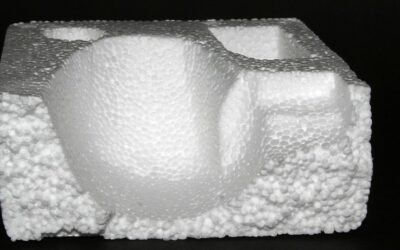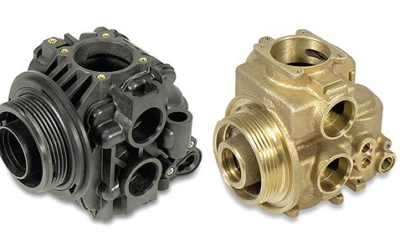Oceanic trash, which pollutes a large part of the planet, could be used by 3D printing thanks to The Plastic Bank.
Ocean litter is a very serious environmental problem. Human-generated waste has been able to reach depths of 4,500 meters. The contamination of these natural areas includes plastics, fishing nets, tin cans, clothing or cardboard, which cause a great environmental impact, as reported by an investigation a few weeks ago.
The researchers found these products in remote locations in the Mediterranean, the Atlantic or the Arctic. Oceanic litter seems to have no brake, and continues to spread into our waters, damaging our marine biodiversity. In addition to the logical measures to protect our natural resources and prevent more oceanic garbage from arriving, are there other ways to stop this great damage to our planet?
Technology seems to have the answer. And in particular, 3D printing. At least that is what they think of the Canadian company The Plastic Bank, located in Vancouver, which is committed to what is known as social entrepreneurship. Its founder, David Katz, dreamed of betting on technological solutions that could promote sustainability and care for the environment.
His first Indiegogo campaign, which was intended to raise $ 20,000, was a success. The movement of “social plastic”, as they are defined, was beginning to get underway, with the aim of uniting technology and respect for nature. Could 3D printing be one of the solutions to end the dreaded ocean litter?
After its success in the crowdfunding campaign, the Canadian company decided to get to work. To do this, they collected a small part of the oceanic trash found off the coast of Alaska. After selecting the plastic they had accumulated, they subjected the samples to a technological extrusion process, devised by scientists at the University of British Columbia.
The Plastic Bank then decided to test whether this contaminating material could serve as an “ingredient” in 3D printers. And as they explain in Forbes, their objective has been a success, by being able to print a wrench from this selected oceanic garbage.
Katz, CEO of the company, is betting on this technology as a possible solution to marine pollution. But your idea can go much further. Since its inception, The Plastic Bank has had scientists and entrepreneurs from countries like Peru. The objective is none other than to promote the generation of “social entrepreneurs” who contribute with 3D printing to take care of the planet.



